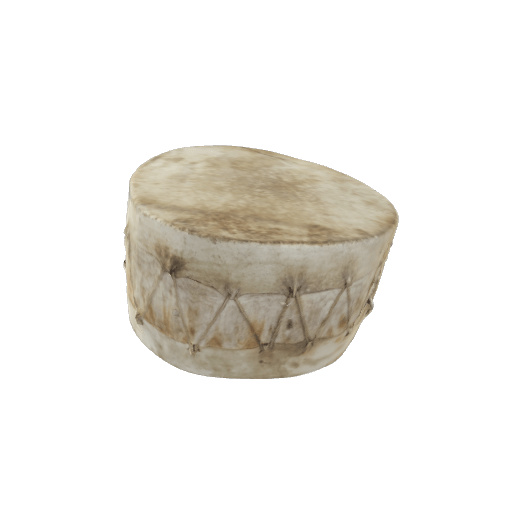Drum
A drum is a percussion musical instrument made of rawhides stretched over a circular frame of varying thickness. It is usually pounded with a mallet. There are many different types of drums: models vary according to purposes, cultures, families, and available resources.
One or more drums are played along with singing and dancing. They are heard during festivals, healing rituals, or ceremonies marking significant events.
The drum is considered a sacred object and must be handled with respect. For Indigenous peoples, drumming is a way of communicating with the spirits, affirming their sense of belonging or sharing experiences. Only certain individuals are allowed to play. The music repertoire is unique to an individual, a family, or a group. Drumming is learned through observation and imitation.
Along with flutes and whistles, bells, rattles, or chichicois (a gourd or dried turtle shell half-filled with pebbles), are shaken to mark the beat.
References
Date: 20th century
Origin: Québec
Owner: Site Traditionnel Huron Onhoüa Chetek8e. Wendake.
Sources:
Gouvernement du Québec. (n.d.). Pratique du tambour [Practice of drumming]. Répertoire du patrimoine culturel du Québec. Retrieved October 2, 2022, from https://www.patrimoine-culturel.gouv.qc.ca/rpcq/detail.do?methode=consulter&id=17&type=imma
Gouvernement of Canada. (1998). First Nations Music in Canada. https://www.rcaanc-cirnac.gc.ca/eng/1303136115424/1534962405726
